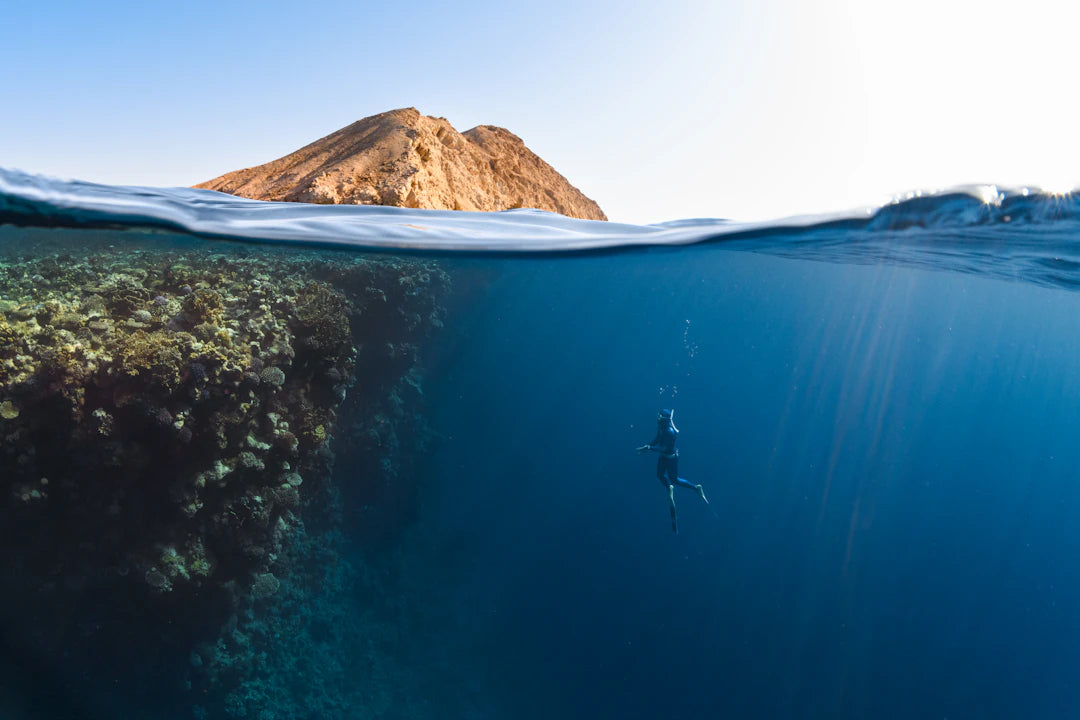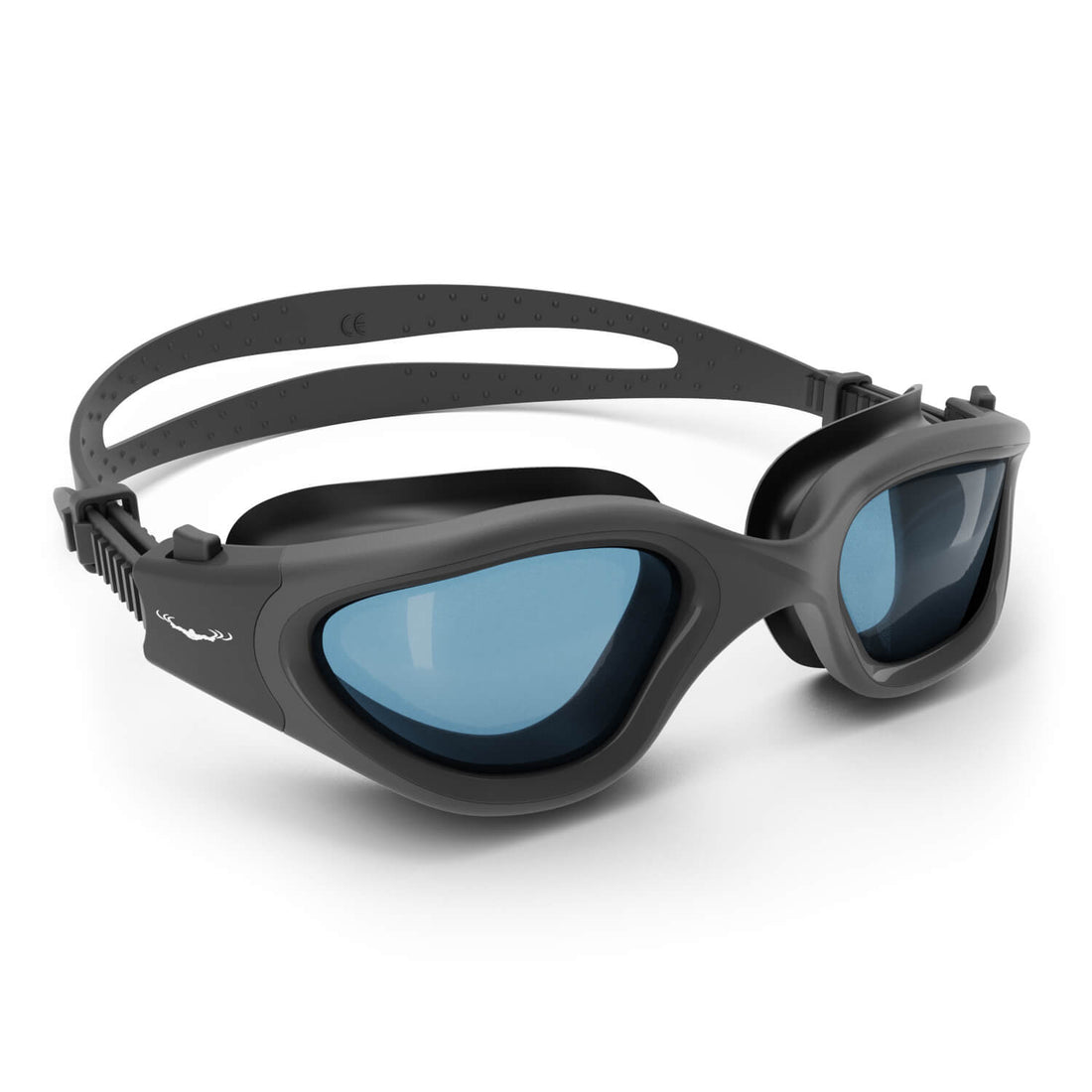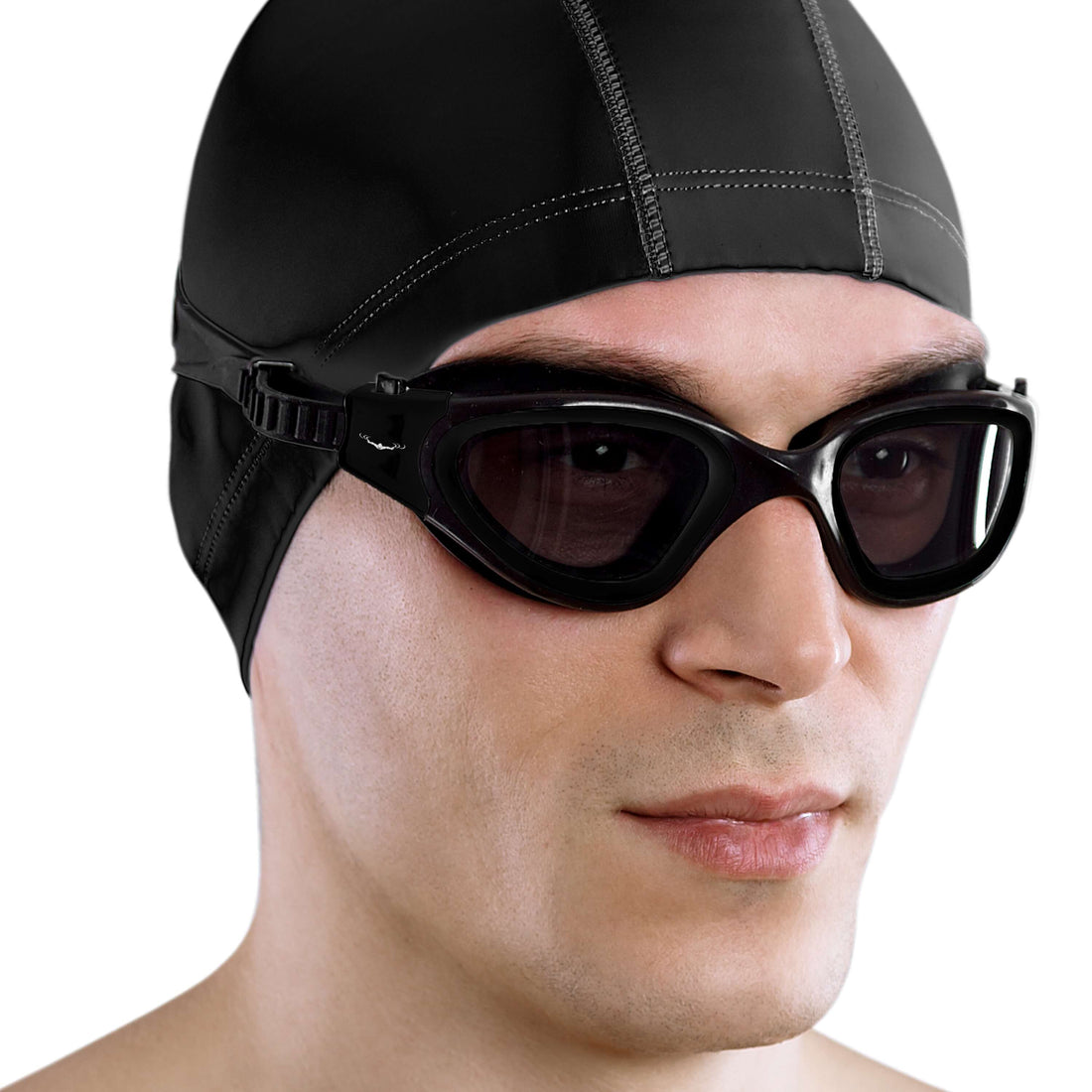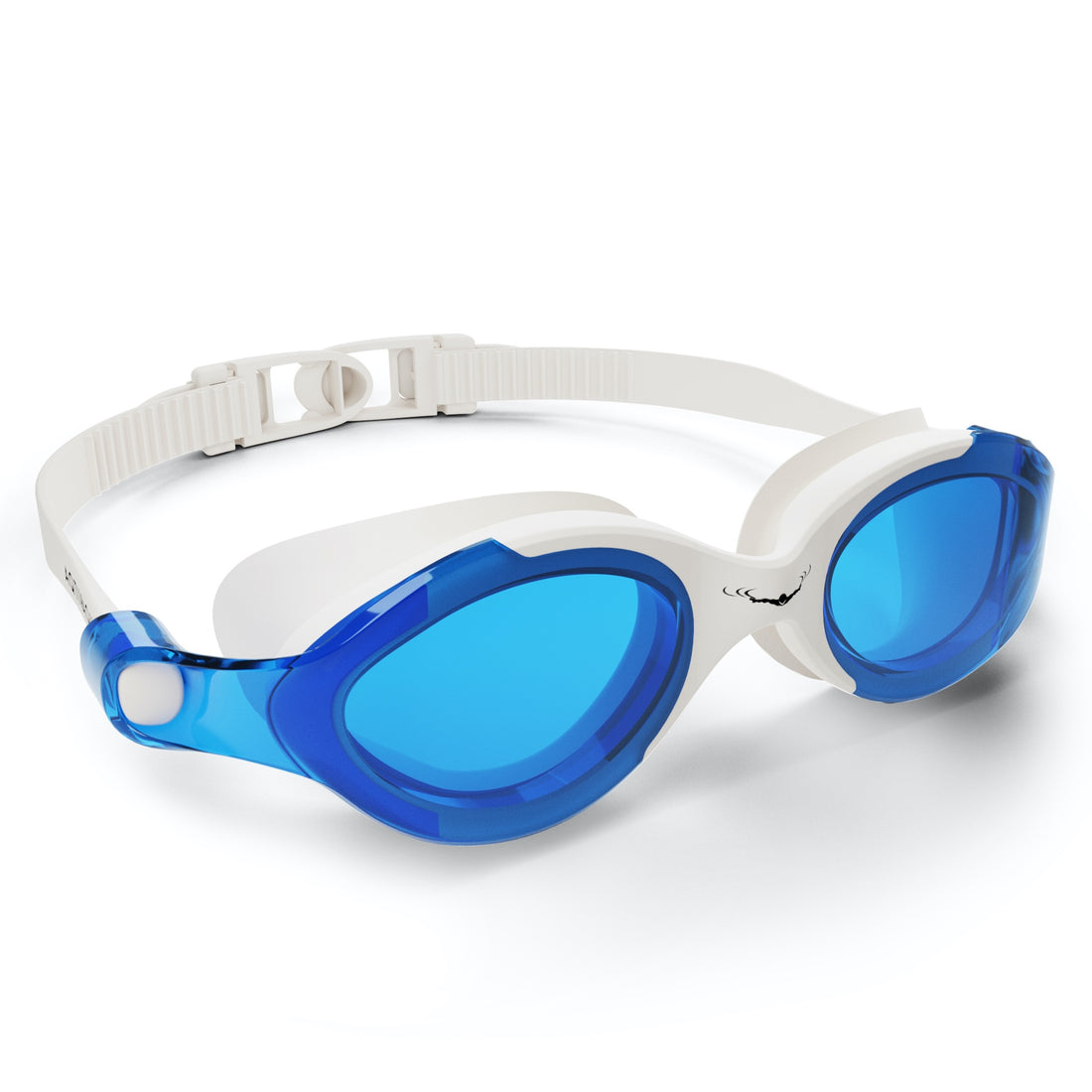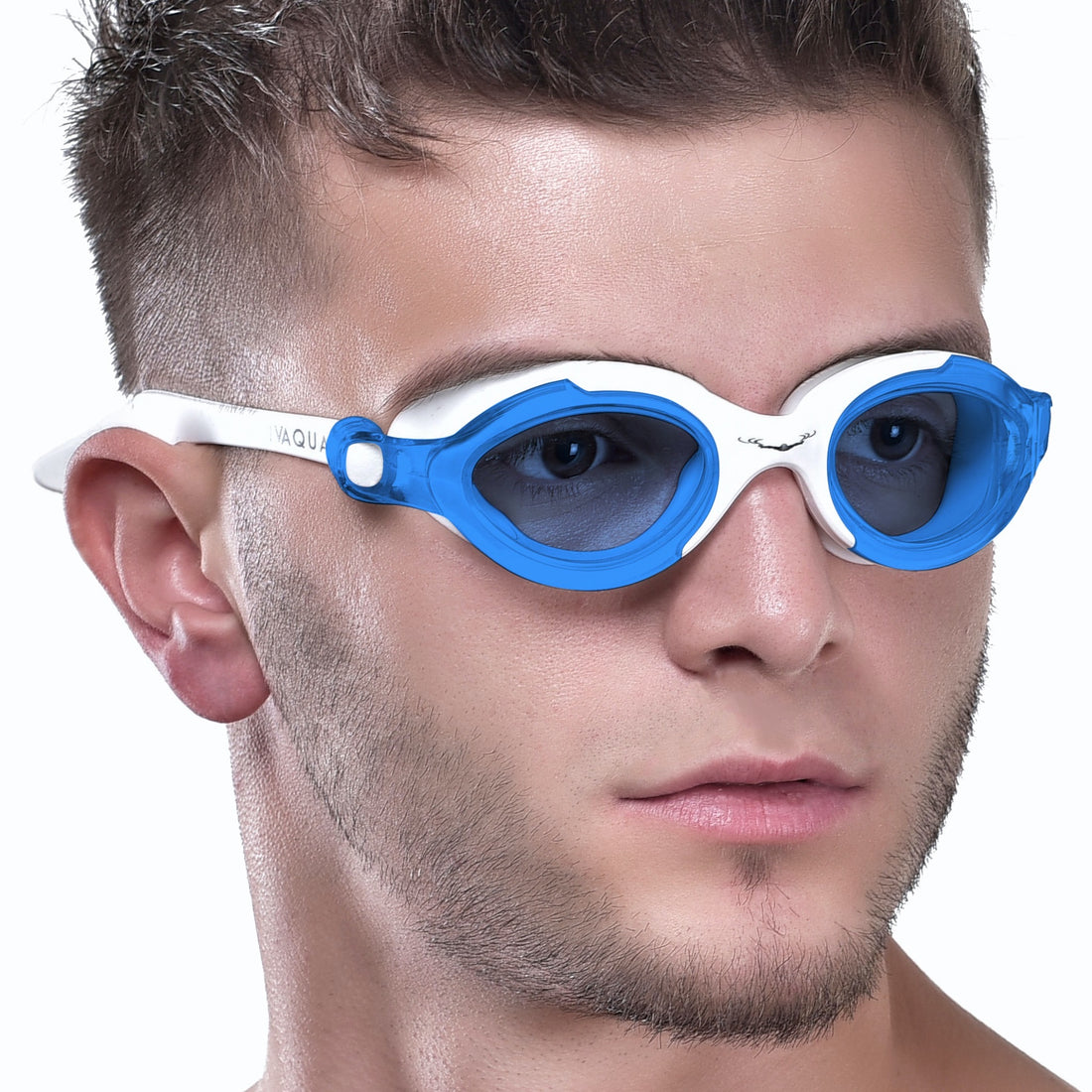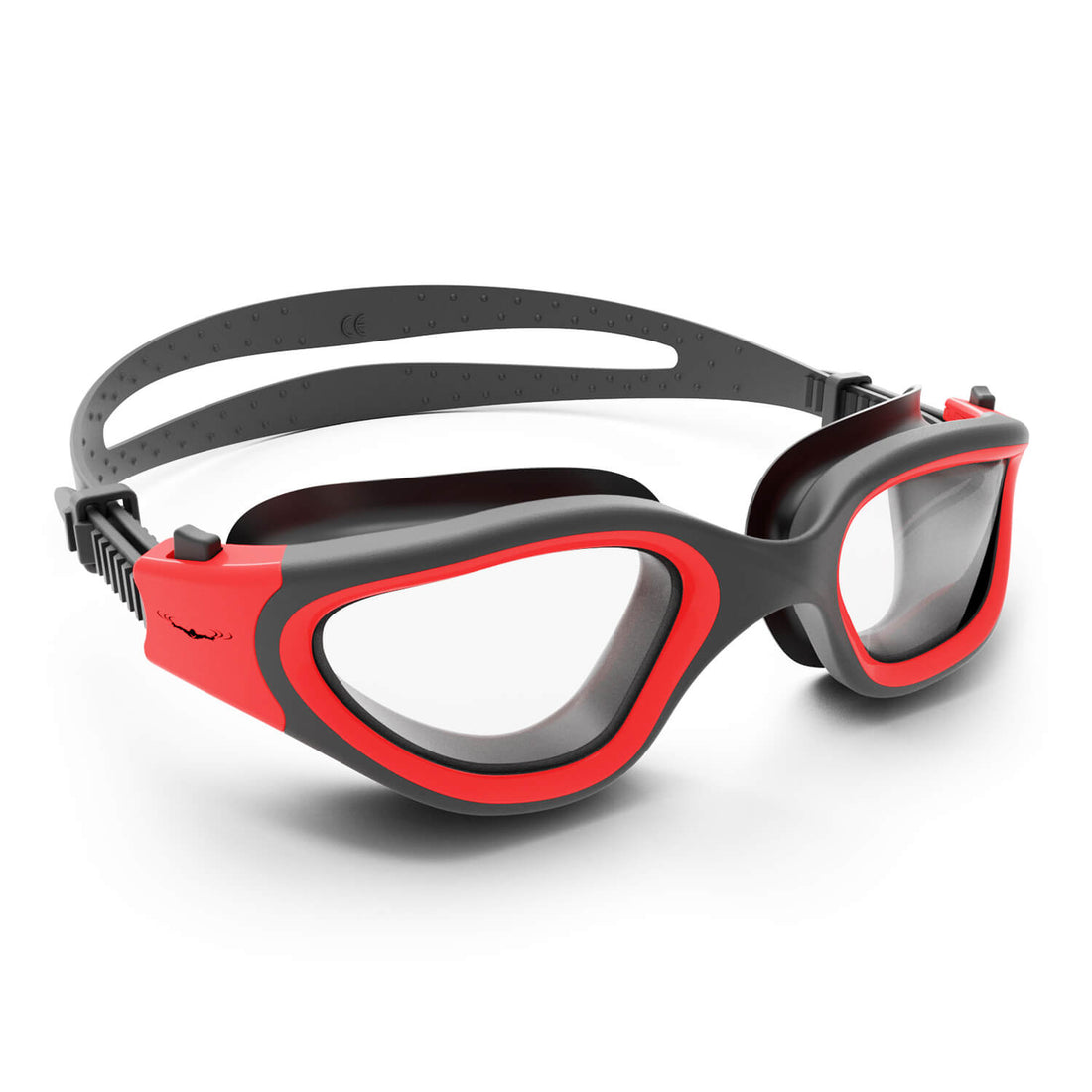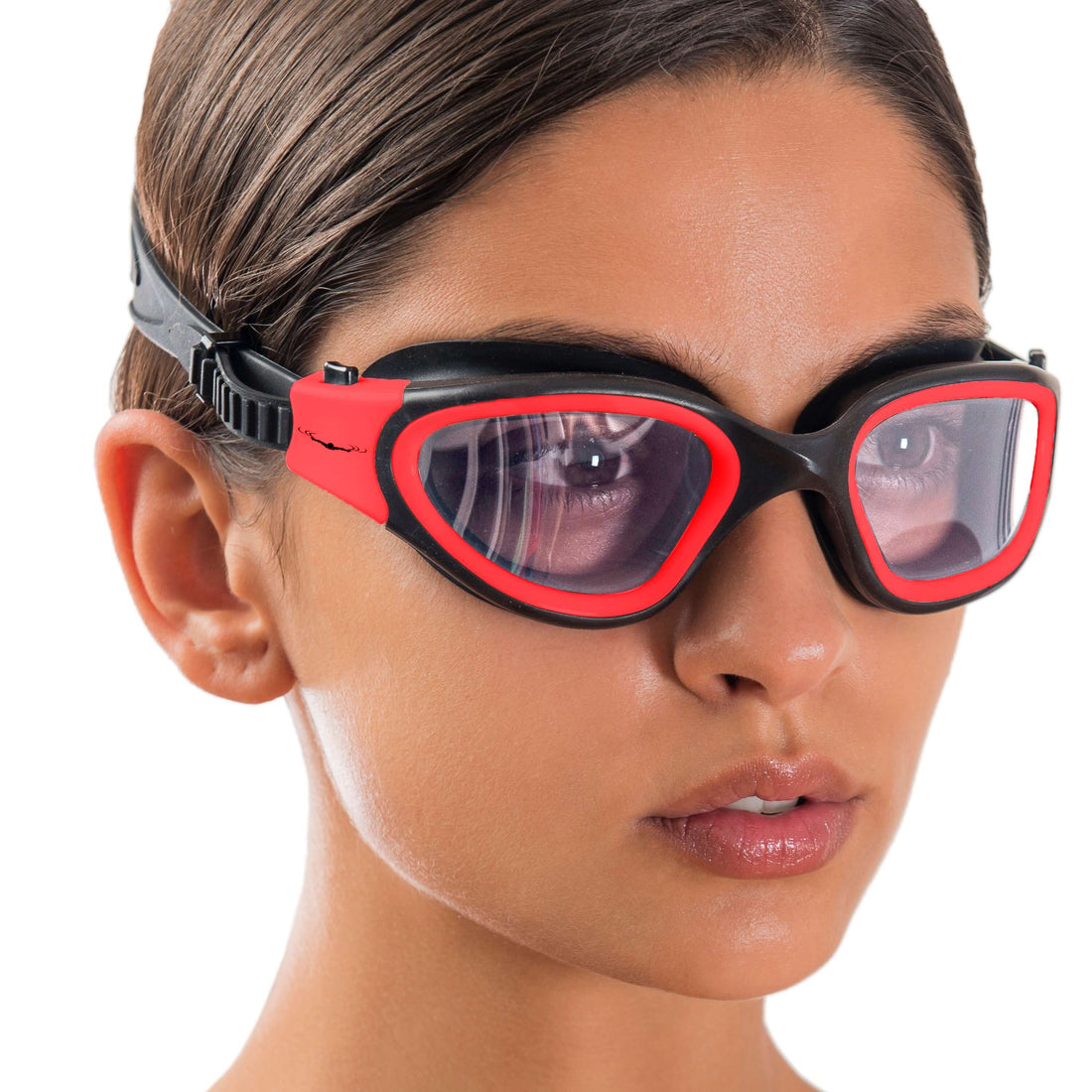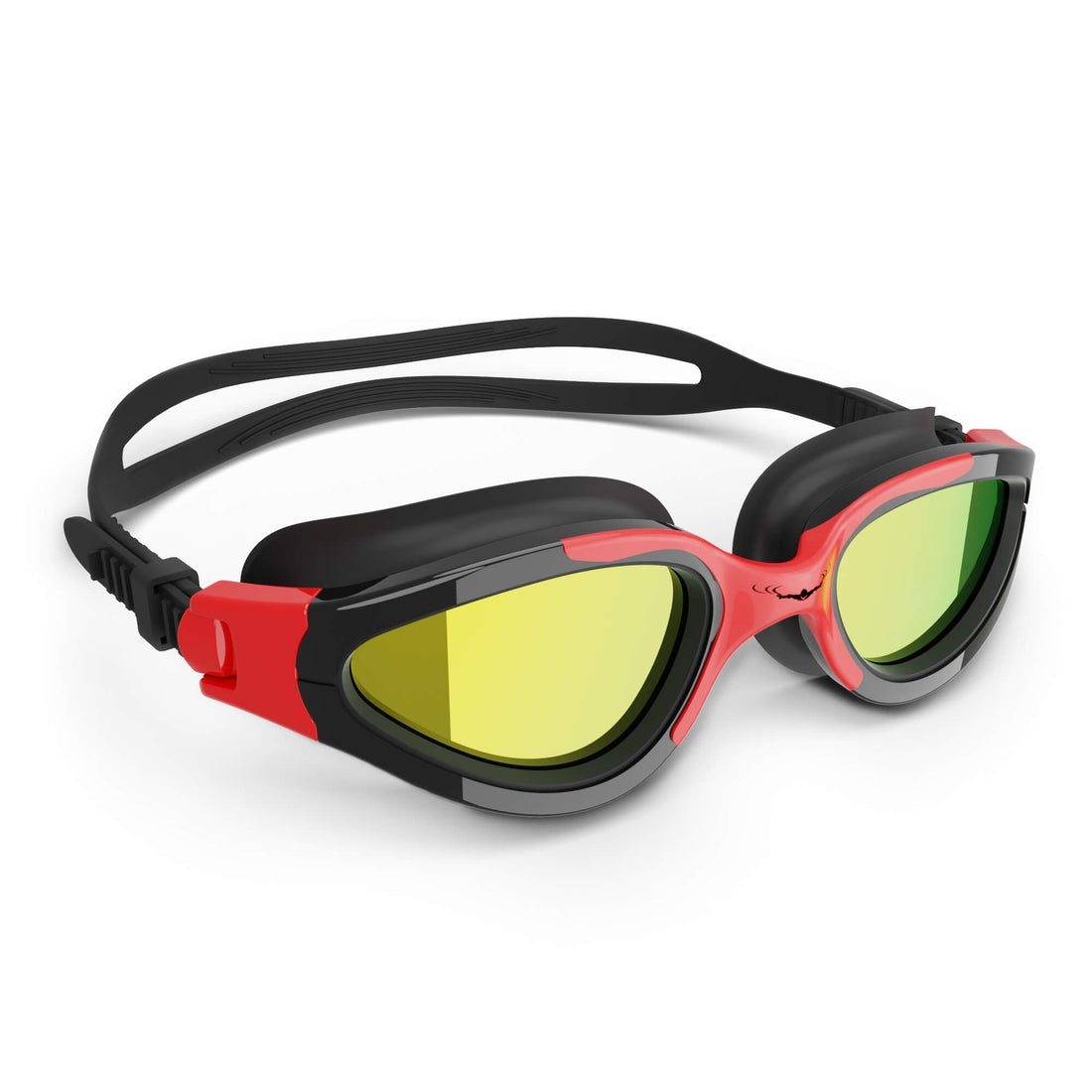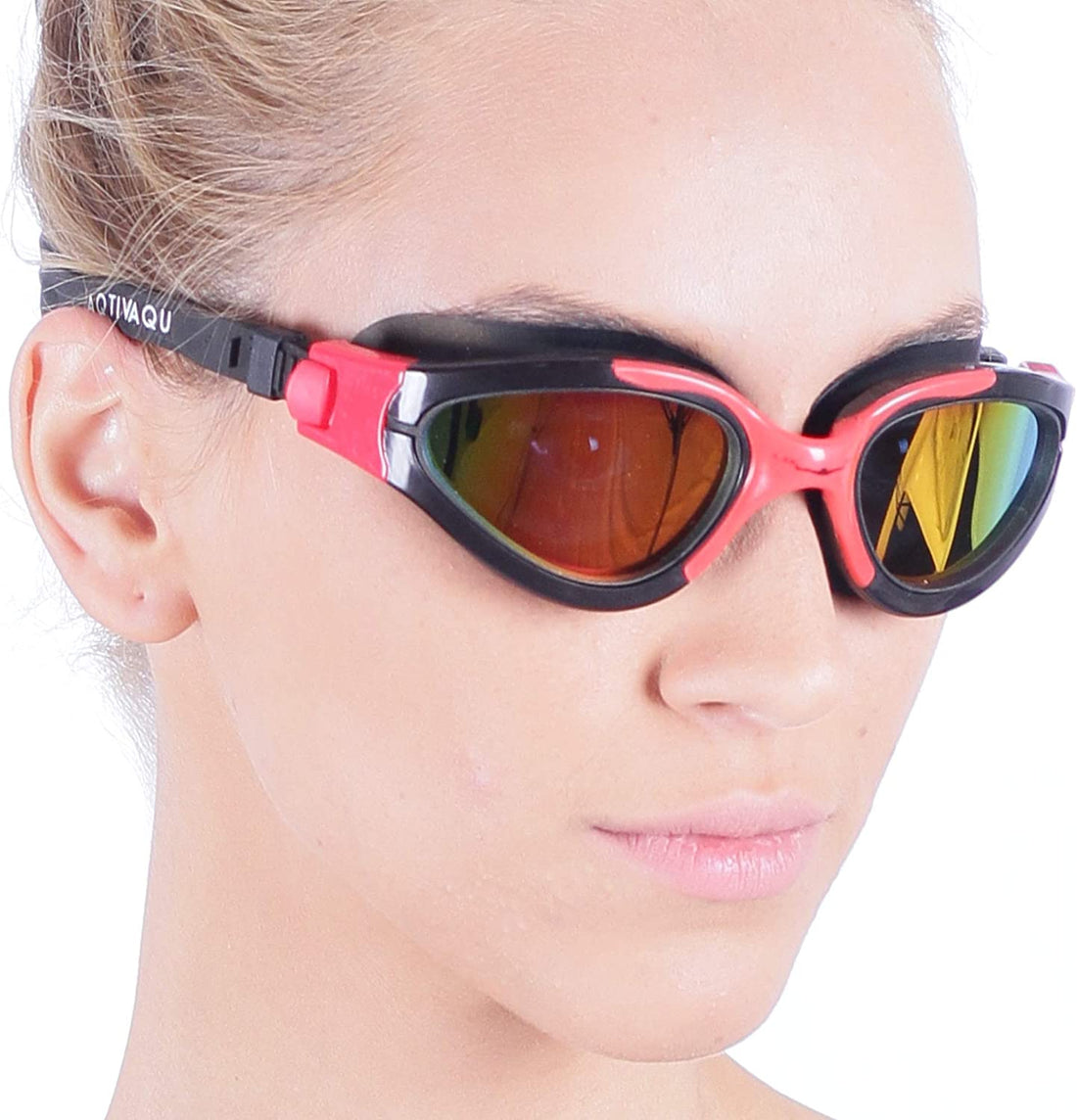Frequently Asked Questions
1. How does temperature affect swimming performance?
2. What are the effects of swimming in cold water?
3. What temperature range is considered optimal for competitive swimming?
4. What tips can help swimmers cope with warm water conditions?
5. How can technology help swimmers monitor temperature?
When it comes to swimming, numerous factors contribute to performance levels. While many focus on technique, stamina, and even swim gear like swim goggles and swimming caps, the influence of temperature is often overlooked. Understanding how temperature affects our body can significantly enhance our swimming experience and performance. In this article, we'll explore how temperature may help or hinder your aquatic prowess.
Understanding Thermal Regulation in Swimmers
The human body is a complex machine that works to maintain a stable internal temperature, typically around 98.6°F (37°C). When swimming, especially in outdoor environments, external temperatures can diverge significantly from this norm.
When water temperatures vary, your body may experience different physiological challenges. Cold water can constrict blood vessels, reducing blood flow to the muscles and leading to quicker fatigue. Conversely, warm water can lead to overheating. Understanding these principles allows swimmers to adapt their training and competition strategies accordingly.
The Effects of Cold Water on Swimming Performance
Cold water is often considered to be below 70°F (21°C). Swimming in cold water poses some distinct challenges:
- Reduced Muscle Function: Cold water can lead to muscle stiffness and cramps. The body struggles to maintain optimal muscle function, leading to subpar swimming performance.
- Increased Energy Expenditure: Your body must work harder to stay warm, leading to increased energy expenditure. This can impact your stamina and speed in the water.
- Immersion Hypothermia: Prolonged exposure to cold water can lead to hypothermia. This peril poses serious risks to swim safety.
Tips for Swimming in Cold Water: Swimmers should utilize swimming caps to help retain body heat, along with layering swimwear designed for colder climates. Additionally, training regularly in similar temperatures can enhance your adaptability.
The Effects of Warm Water on Swimming Performance
Warm water temperatures, generally above 80°F (27°C), also create their own unique challenges:
- Increased Heart Rate: In warmer water, your heart rate may increase more rapidly than it would in cooler water. This can lead to premature fatigue.
- Dehydration Risks: Warm water can lead to excessive sweating, which can upset fluid balance. If swimmers do not hydrate properly beforehand, they risk dehydration.
- Overheating: Just like with prolonged exposure to high temperatures on land, swimmers can become overheated in warm water, resulting in decreased focus and performance levels.
Tips for Swimming in Warm Water: Stay hydrated before and during your swim. Use swim goggles with UV protection for outdoor swimming since bright sunlight can be harsh. Additionally, consider a swim cap to manage heat loss and moisture during your workout.
Optimal Temperature Ranges for Competitive Swimming
Competitive swimmers often have to deal with various water temperatures at different venues. Research has highlighted optimal ranges that are conducive to peak performance. These generally fall between 77°F (25°C) and 82°F (28°C).
Staying within this temperature range is essential for several reasons:
- Muscle Efficiency: At optimal temperatures, muscles tend to function more efficiently. Swimmers can perform at their best, allowing for maximum speed and endurance.
- Improved Mental Concentration: Comfortable temperatures help maintain focus. Swimmers can strategize better and execute their techniques flawlessly.
- Enhanced Recovery: The right temperature allows for effective recovery both before and after races, helping to mitigate injuries and fatigue.
Temperature Variation During Events
Swimmers also need to prepare for temperature variations that can occur during events, such as cooling down after races or warming up before. Often, it’s common to dive into a chilly pool after a warm-up in the gym. Here's how to address these changes:
- Warm-up Rituals: Engage in dynamic stretches and warm-ups, which can help maintain body temperature.
- Layering: Utilize warm wraps or jackets when not swimming. Also, use swimming caps while waiting for upcoming heats to manage body heat.
- Cool-down Practices: After a rigorous swim, take some time to cool down properly to retain optimal muscle function.
Personalizing Your Swimming Environment
Swimming is often seen as a routine activity, yet it's crucial to personalize your swimming experience based on the temperature conditions:
Choosing the Right Location
Whether you are swimming in an indoor pool or outdoors, the environment plays a significant role in how temperature affects your performance. Choosing locations where water temperature is consistently maintained within optimal ranges can make a world of difference.
Equipment Adjustments
Every swimmer’s needs are different. Adjusting equipment like swim goggles with anti-fog features for humid conditions or cap designs that provide better thermal protection can have noticeable effects on performance. Being aware of how gear complements external conditions is a game-changer.
Nutrition and Hydration
Your body's response to temperature can also be influenced by your nutritional and hydration strategies. Consider linking your diet to your temperature needs:
- Hydration: Always keep yourself hydrated, especially when swimming in warmer waters.
- Electrolyte Balance: Regulate electrolyte levels through nutrition and supplements, particularly when swimming in heat.
- Pre-Swim Meals: Tailor your meals based on swim conditions. Warmer temperatures may require lighter meals prior to swimming.
The Psychological Aspect of Temperature in Swimming
Interestingly, temperature doesn't just affect the physical aspects of swimming—it has a psychological impact, too. Aquatic environments that are too hot or too cold can cause anxiety, which can detract from your overall performance. Here’s how to cope:
Mental Preparation Strategies
Swimmers can incorporate mental preparation techniques that align with temperature fluctuations:
- Visualize Success: Picture yourself performing well in various temperature conditions, allowing your mind to adjust to any scenario.
- Practice Mindfulness: Techniques like deep breathing can help manage stress levels related to temperature discomfort.
- Adaptational Training: Regularly train in different temperature settings to become more resilient and adaptive.
Future Trends: Technology and Temperature Monitoring
As technology evolves, so does our need to monitor temperature for optimized swimming performance. Innovations in wearable tech such as smart caps with built-in thermometers can give swimmers real-time feedback on temperature variations.
This advancement can provide critical data to help athletes make strategic decisions about their training and competition within different temperatures, essentially making way for enhanced performance outcomes.
Final Thoughts on Enhancing Performance
The impact of temperature on swimming performance is a crucial element that shouldn't be overlooked. Understanding how temperature affects your body can enable you to make informed decisions—from the right swim gear like swim goggles and swimming caps to the environmental conditions you choose for training.
By acknowledging temperature trends and actively adapting your approaches—whether through nutrition, mental preparation, or equipment adjustments—you can seize the opportunity to enhance your overall swimming performance. Remember, it's not just about hitting the water; it's about making sure every aspect of your environment contributes to your success in the pool.


